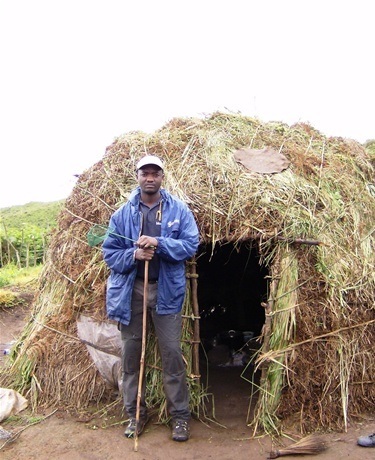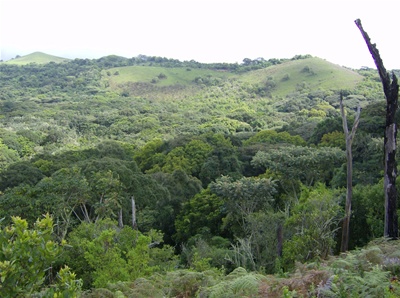
Legrand Nono Gonwouo
International Research Associate
Cameroon Biodiversity Conservation Society Center for Tropical Research
Cameroon Biodiversity Conservation Society
P.O. Box 3055
Yaoundé,
Cameroon
+ 237 99 61 84 50
lgonwouo@yahoo.com
Research Interests
Community ecology and conservation of African amphibians and reptiles. Systematics and taxonomy of African amphibians and reptiles.
Current Research Projects
Cameroon harbours an exceptionally rich anuran fauna of about 200 species of which about one third are endemic to the Cameroon Highlands. Mount Manengouba is an exceptional site within this mountain range. It provides home to more than 50% of threatened Cameroonian frogs and toads. This site is considered a priority area for amphibian conservation but is presently threatened by various human activities.
This study investigates how altitude and anthropogenic activities influences amphibian community composition. It intend to present a succinct state of knowledge of amphibian biodiversity around Mount Manengouba with particular focus on endemic species while drawing out the importance and need to conserve the study area. It searches for correlation between amphibian species diversity and distribution following an altitudinal gradient. This within the vegetation structure growth forms such as Primary forest, Secondary forest, Farm bushes/Plantations, Savannah. It also evaluates the spatial distribution patterns of amphibians assemblages in pristine and in the mosaic of anthropogenic habitats in the maintenance of frog diversity so as to identify the species most affected by habitat transformation. Using GIS tool, we will map the distribution of strict endemics and other range endemics of the Cameroon highlands found on mount Manengouba to document where they occur.
Visual and acoustic encounter surveys in preset plots alongside random searches in areas not included within the defined plots are being carried out during day and night to record data. Assessing habitat preferences of particular species and investigating correlations of species assemblages with environmental variables is characterised in all habitats via estimations of vegetation densities (for exact monitoring routine and parameters set see Rödel & Ernst 2004).
Preliminary results of the ongoing study at the site indicates that Mt. Manengouba appears to have a very diverse amphibian fauna (more than 75 species recorded to date) as many new species for the region are recorded during every visit to the site. The composition of amphibian communities is influenced by altitude and habitat quality. The ever increasing anthropogenic activities in the region have a great influence on species diversity, distribution, and abundance.

